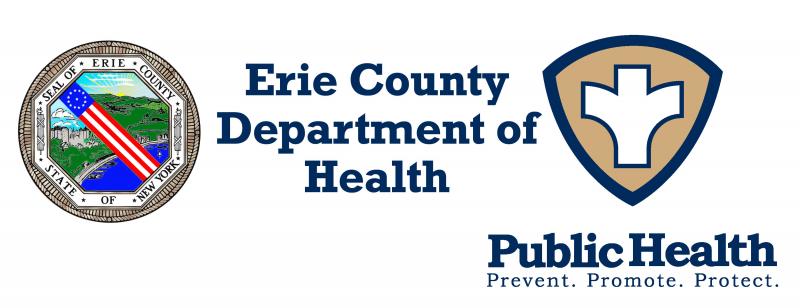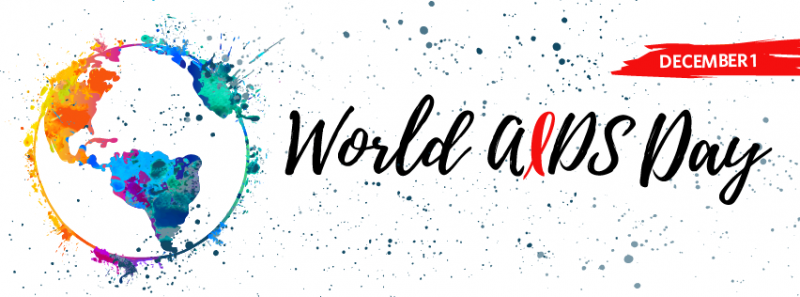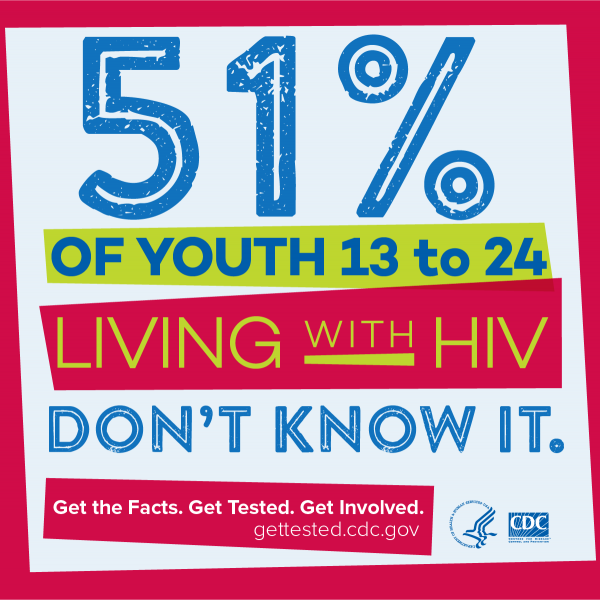Modified: November 28, 2017 11:56am
Latest News

PRESS RELEASE
From the Office of the Commissioner of Health, Dr. Gale R. Burstein
Date November 28, 2017
CONTACT: Mary C. St. Mary/Mary.StMary@Erie.Gov
Phone: 716.858.4941/ Mobile: 716.253.3925
World AIDS Day is December 1st
Number of HIV Infections Continues to Rise Despite Treatment Advances
ERIE COUNTY, NY— December 1st is World AIDS Day, an annual opportunity to bring wide attention that the HIV epidemic has not ended and is an ongoing public health crisis.
 Approximately 36.7 million people across the globe are infected with HIV, according to UNAIDS. In the United States, an estimated 1.1 million adults and adolescents were living with HIV at the end of 2014, and 6,721 deaths were directly attributed to HIV.
Approximately 36.7 million people across the globe are infected with HIV, according to UNAIDS. In the United States, an estimated 1.1 million adults and adolescents were living with HIV at the end of 2014, and 6,721 deaths were directly attributed to HIV.
Young people are most likely to be unaware of their infection. Among people aged 13-24 living with HIV, an estimated 51% do not know they are infected.
Despite advances in HIV treatment, HIV infections continue to increase. The Centers for Disease Control and Prevention (“CDC”) estimates of the approximately 1.1 million people in the U.S. living with HIV, that 15% do not know they are infected. These statistics support the need for routine HIV testing for everyone to identify and link persons with HIV to care so that they can live longer lives.
“As a community, we need to continue our outreach efforts, public health education and treatment to finally end this crisis,” states Dr. Gale Burstein, Erie County Commissioner of Health (“ECDOH”). “In Erie County, over 100 new HIV cases are diagnosed each year, adding to the over 3,000 people living with HIV or AIDS. It is disturbing that 1 out of 4 new HIV infections are among adolescents and young adults (13-24 years old). Individuals who are unaware of their HIV status may unknowingly spread the virus to others.”
Burstein concluded: “We encourage everyone to follow these essential steps to help “end the epidemic”:
ü Get an HIV test.
ü Practice safer sex if you have more than one sexual partner or if you do not know your partner's HIV status.
ü If you are HIV negative and at risk for HIV, consider taking PrEP (one pill, once a day).
ü If you are infected with HIV, get treatment to stay healthy and to prevent transmission to others.
ü Encourage friends or family members who are living with HIV to stay in health care and take their medications.
ü Talk to your children about HIV prevention.
ü Take a stand against HIV stigma.
ü Take a leadership role in your community by explaining to others the importance of HIV prevention.
New York State continues its landmark effort to End the HIV/AIDS Epidemic by the year 2020. Erie County’s Ending the Epidemic (“EtE”) Steering Committee, a collaboration of community leaders, health care providers, consumers and concerned citizens, is a key component in the Western Region of New York State in moving this initiative forward.
The Ending the Epidemic Three-Point Plan:
ü Identify persons with HIV who remain undiagnosed and link them to health care.
ü Ensure and support persons with HIV remain in care to maximize virus suppression and prevent further transmission.
ü Keep people HIV negative by providing access to Pre-Exposure Prophylaxis (PrEP).
The Erie County Department of Health’s Sexually Transmitted Disease Clinic (608 William Street, Buffalo, NY 14206) provides confidential HIV screening, and is also a prescribing clinic for Pre-Exposure Prophylaxis (PrEP).
For additional information and hours, contact the ECDOH clinic at 716-858-7687. Residents can also call the AIDS Hotline at 1-800-541-2437 (English) or 1-800-233-7432 (Spanish).
# # #
For more information
Erie County Department of Health
New York State Department of Health
New York State Department of Health—Pre-Exposure Prophylaxis
New York State Department of Health—Ending the Epidemic

